6th March 2025 - 10 min read
Understanding the Safe Zone in TikTok, Instagram, and YouTube Videos
When creating content for social media, one crucial design principle that many creators overlook is the safe zone. If you’ve ever posted a video and noticed that important text or visuals were blocked by UI elements (like captions, buttons, or watermarks), you’ve already encountered this issue.
In this guide, we’ll explain what the safe zone is, why it matters, and provide specific dimensions for TikTok, Instagram, and YouTube Shorts to help you optimize your content for maximum visibility and engagement.

What Is the Safe Zone?
The safe zone is the area within your video that remains visible and unobstructed after social media platforms overlay their user interface (UI) elements, such as:
- Like, comment, and share buttons
- Captions and video descriptions
- Profile name and follow buttons, and more
When you keep important elements (text, logos, CTAs, subtitles) within the safe zone, you ensure that viewers can fully engage with your content without distraction or missing key information.
Why the Safe Zone Matters
If you’re working with brands and they’re using your videos for TikTok Ads, Instagram Ads, or YouTube Ads, the safe zone becomes even more crucial.
🔹 Avoid key messages being cut off – Brands often add promotional elements like CTAs (e.g., “Shop Now”) on top of your video. If your content already has text outside the safe zone, it could clash with ad overlays, making it unreadable.
🔹 Improve ad performance – When your video follows safe zone guidelines, ads look more professional, leading to higher engagement and conversions.
🔹 Prevent poor ad placement issues – Many social media ads crop or resize videos to fit different placements. If key content is at the edges, it might get cut off in some placements (like Instagram Stories ads vs. feed ads).
Safe Zone Guidelines for Each Platform
1. TikTok Safe Zone

Video Size: 1080 × 1920 pixels (9:16)
Safe Zone Dimensions:
- Top: Keep text and important visuals at least 130 pixels below the top edge.
- Bottom: Avoid placing anything within 250 pixels from the bottom (where captions & engagement buttons appear).
- Sides: Leave a 60-pixel margin on both left & right sides for a clean look.
Best Practices:
- Place subtitles and important text slightly above the middle of the screen.
- Keep logos and branding within the center 80% of the screen.
2. Instagram Reels Safe Zone

Video Size: 1080 × 1920 pixels (9:16)
Safe Zone Dimensions:
- Top: Keep text at least 200 pixels below the top (to avoid username overlay).
- Bottom: Avoid placing anything 250 pixels from the bottom (where Instagram’s caption & engagement buttons appear).
- Sides: A 50-pixel margin on each side is recommended.
Best Practices:
- Place important text & branding in the middle 70% of the screen.
- Keep engaging elements (like CTAs) in the upper-middle for better interaction.
- Avoid placing logos or hashtags at the bottom where they might get covered by Instagram’s UI.
3. YouTube Shorts Safe Zone

Video Size: 1080 × 1920 pixels (9:16)
Safe Zone Dimensions:
- Top: Keep text at least 200 pixels below the top to avoid the title overlay.
- Bottom: Avoid placing anything 400 pixels from the bottom to prevent overlapping.
- Sides: Leave 100-pixel margins to keep elements properly visible.
Best Practices:
- Keep subtitles, branding, and text centralized in the middle 70% of the screen.
- Ensure CTA buttons (e.g., “Subscribe for more”) are well above the bottom UI overlay.
- Avoid placing logos too close to the edges, as YouTube’s Shorts UI may crop them.
Using Safe Zone Templates to Perfect Your Content
To make sure your videos fit perfectly within each platform’s safe zone, you can use pre-made templates as a guide. These templates help you position your text, branding, and key visuals correctly
We’ve created ready-to-use safe zone templates for:
The safe zone is a simple but powerful principle that helps content creators improve visibility, engagement, and professionalism across social media platforms.
For content creators, respecting the safe zone means better viewer experience, higher retention, and more engagement.
For brands running ads, safe zone awareness ensures clear messaging, better conversions, and a professional appearance—increasing the likelihood of successful campaigns.

.jpg)
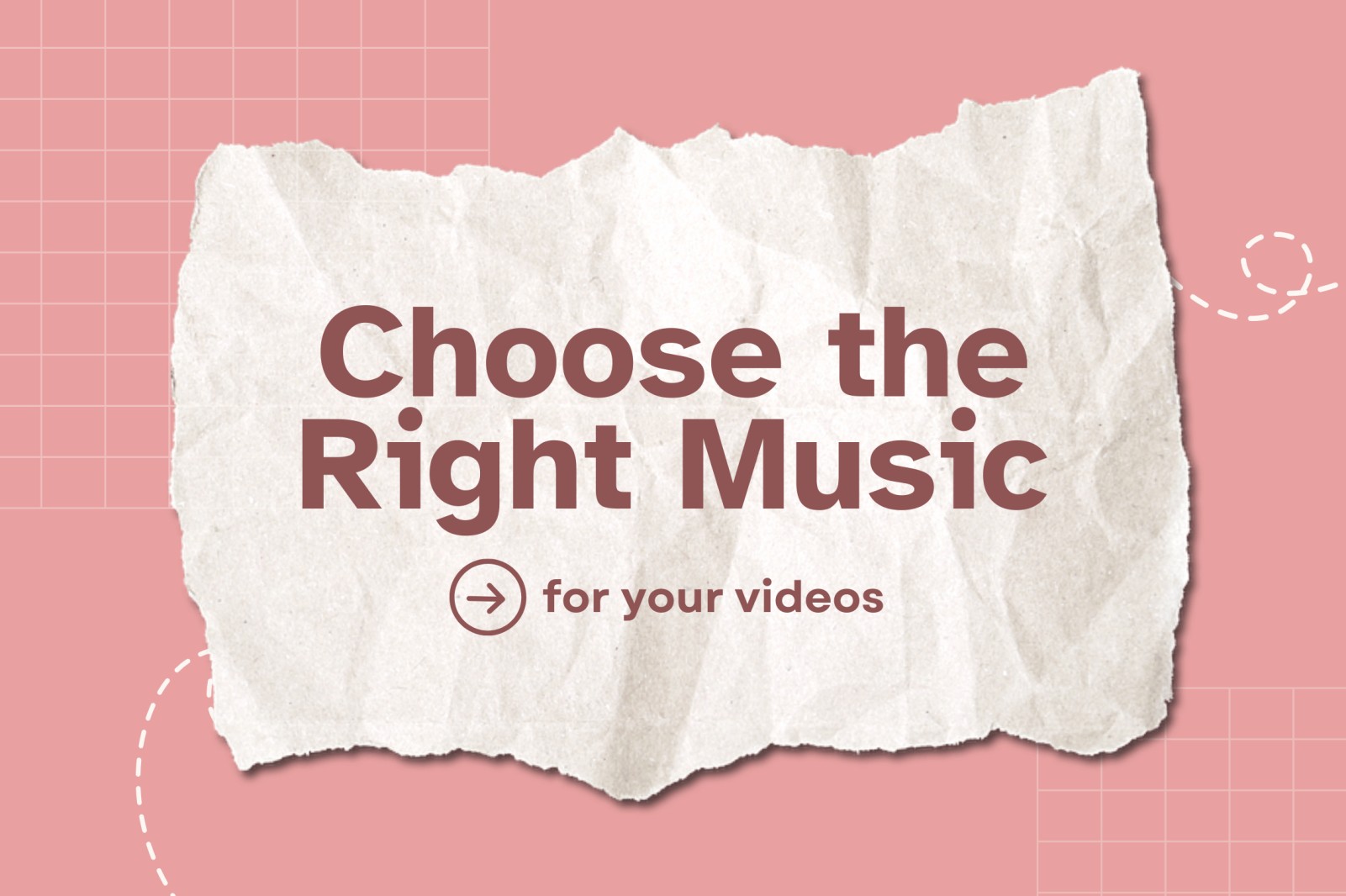
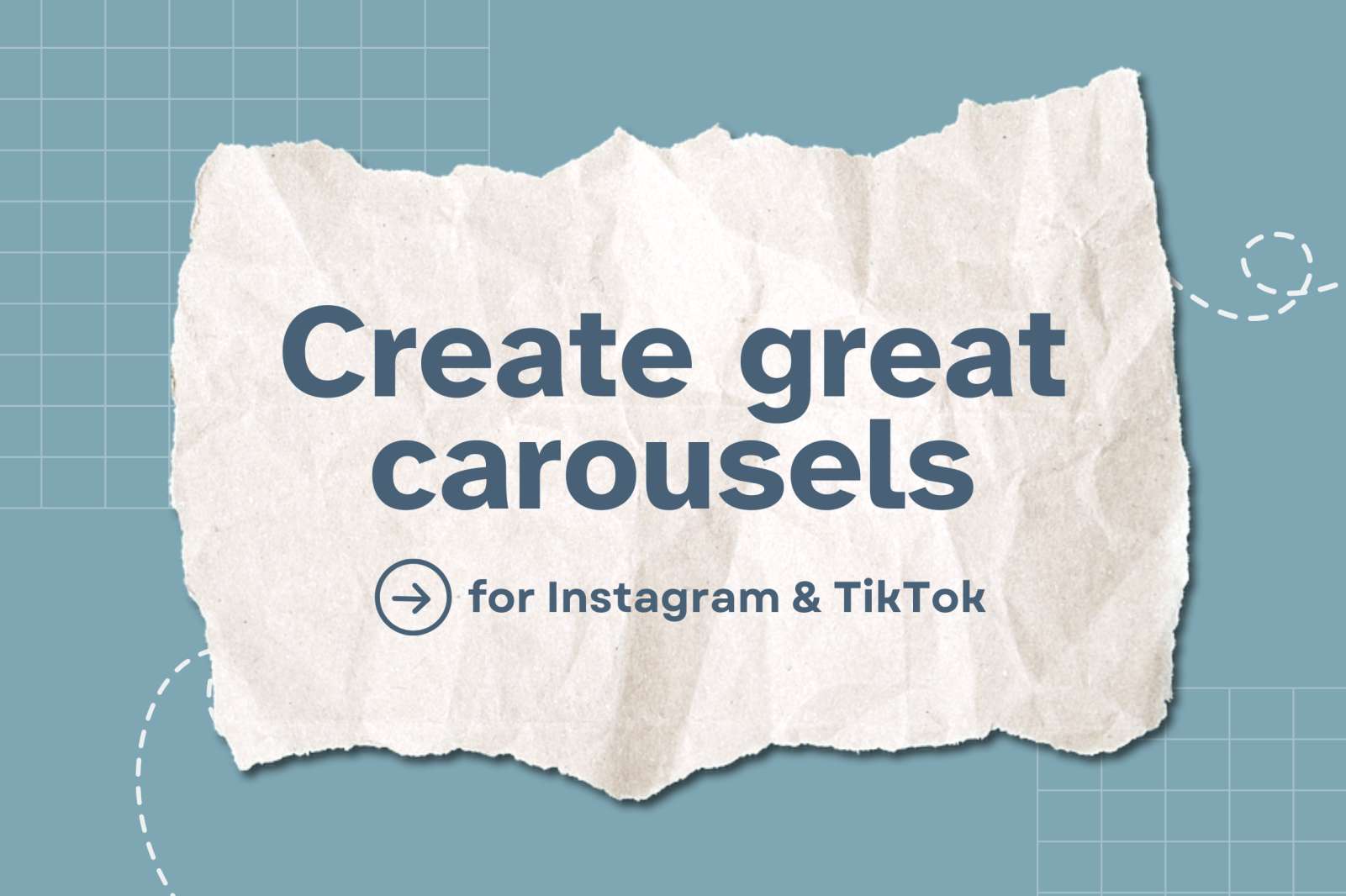
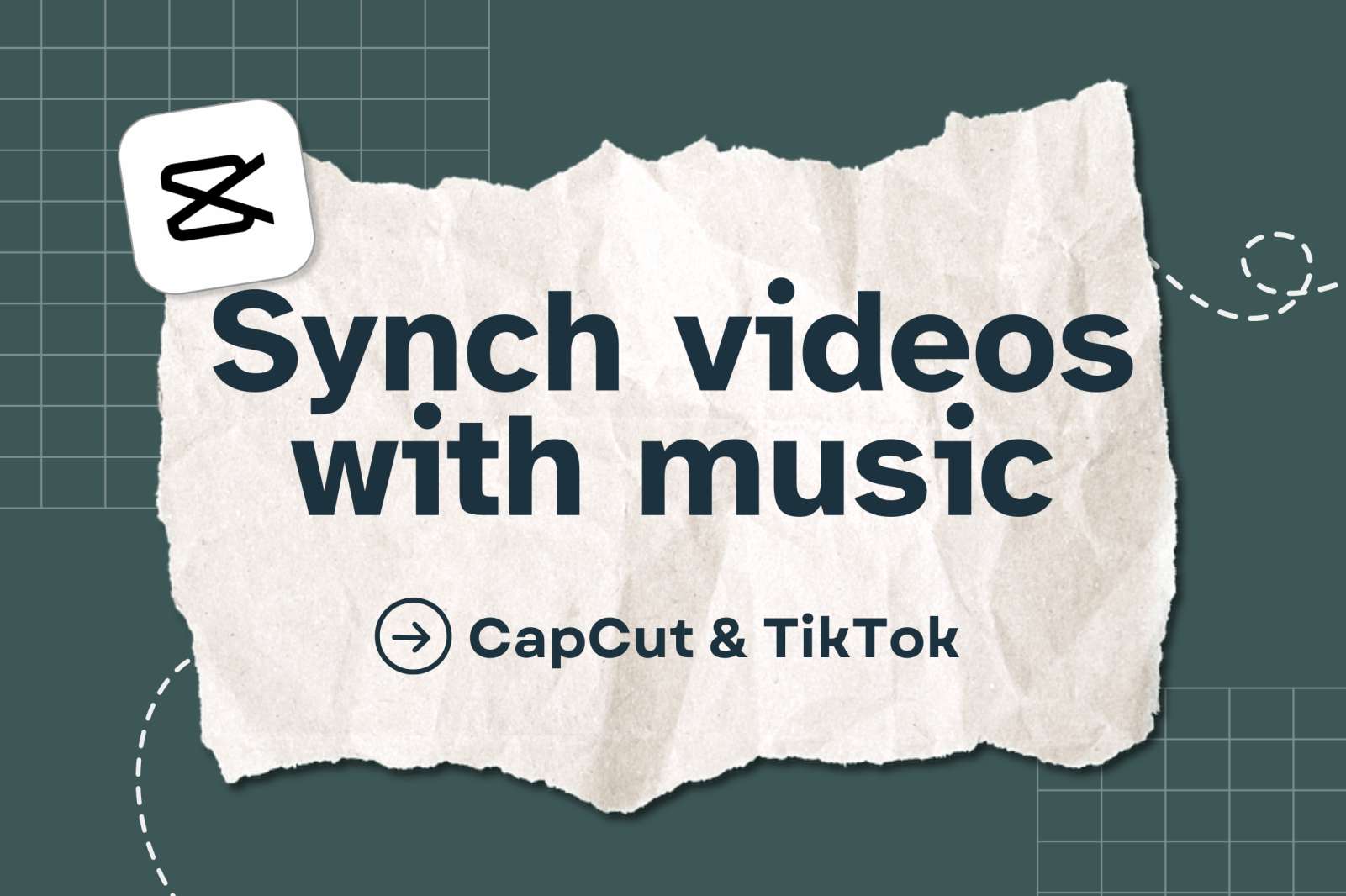
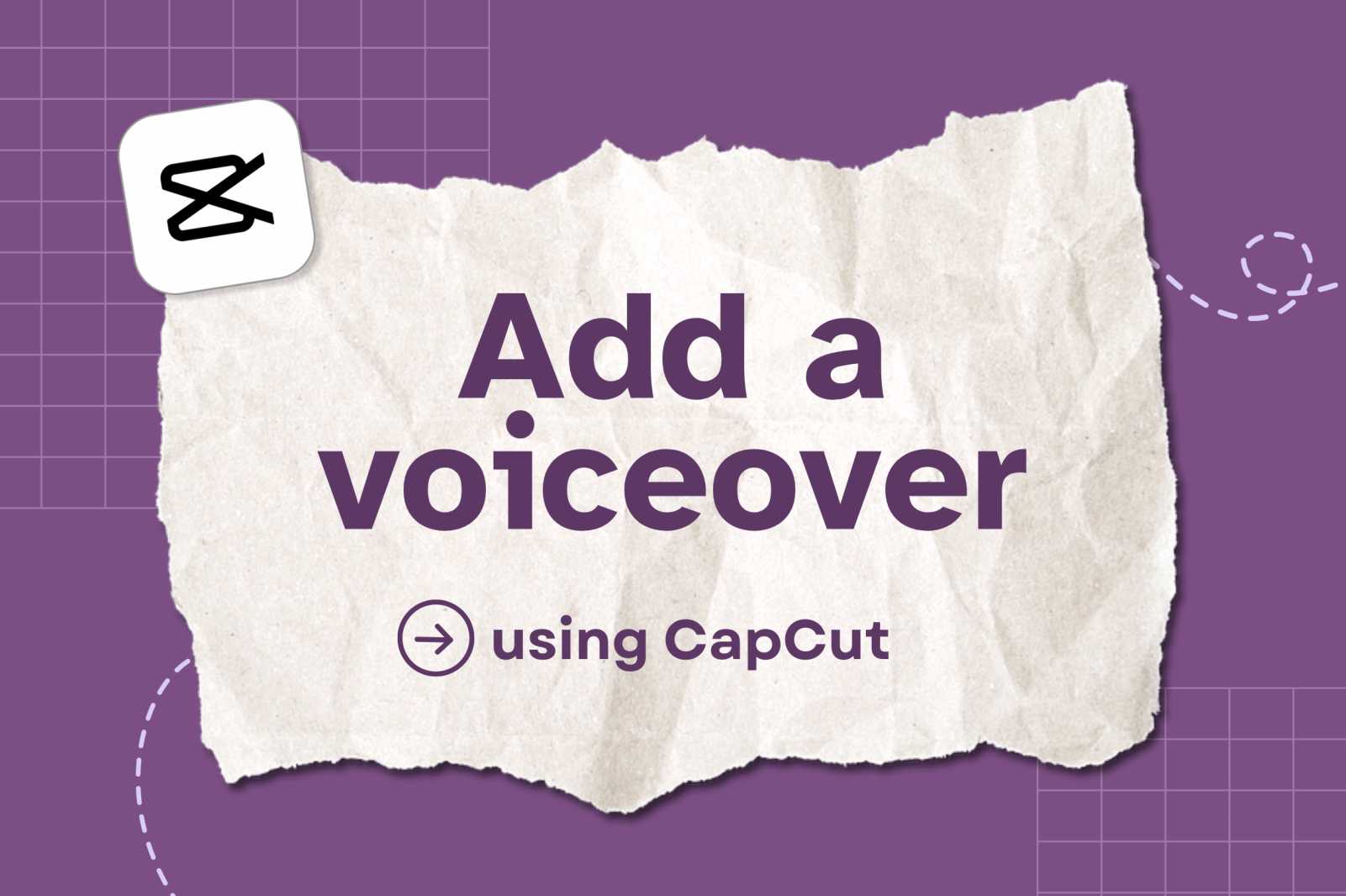

.png)
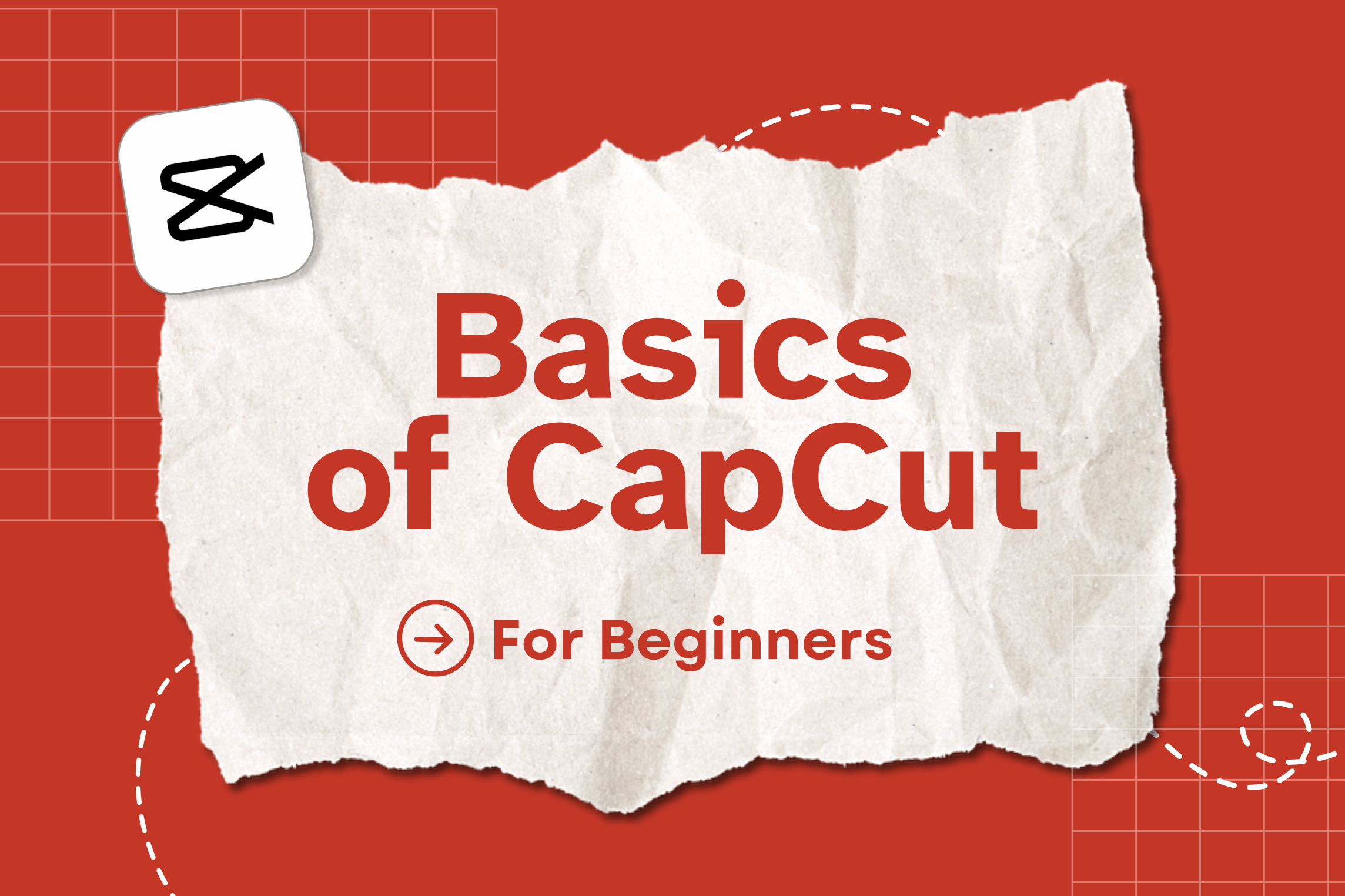



.png)

.png)